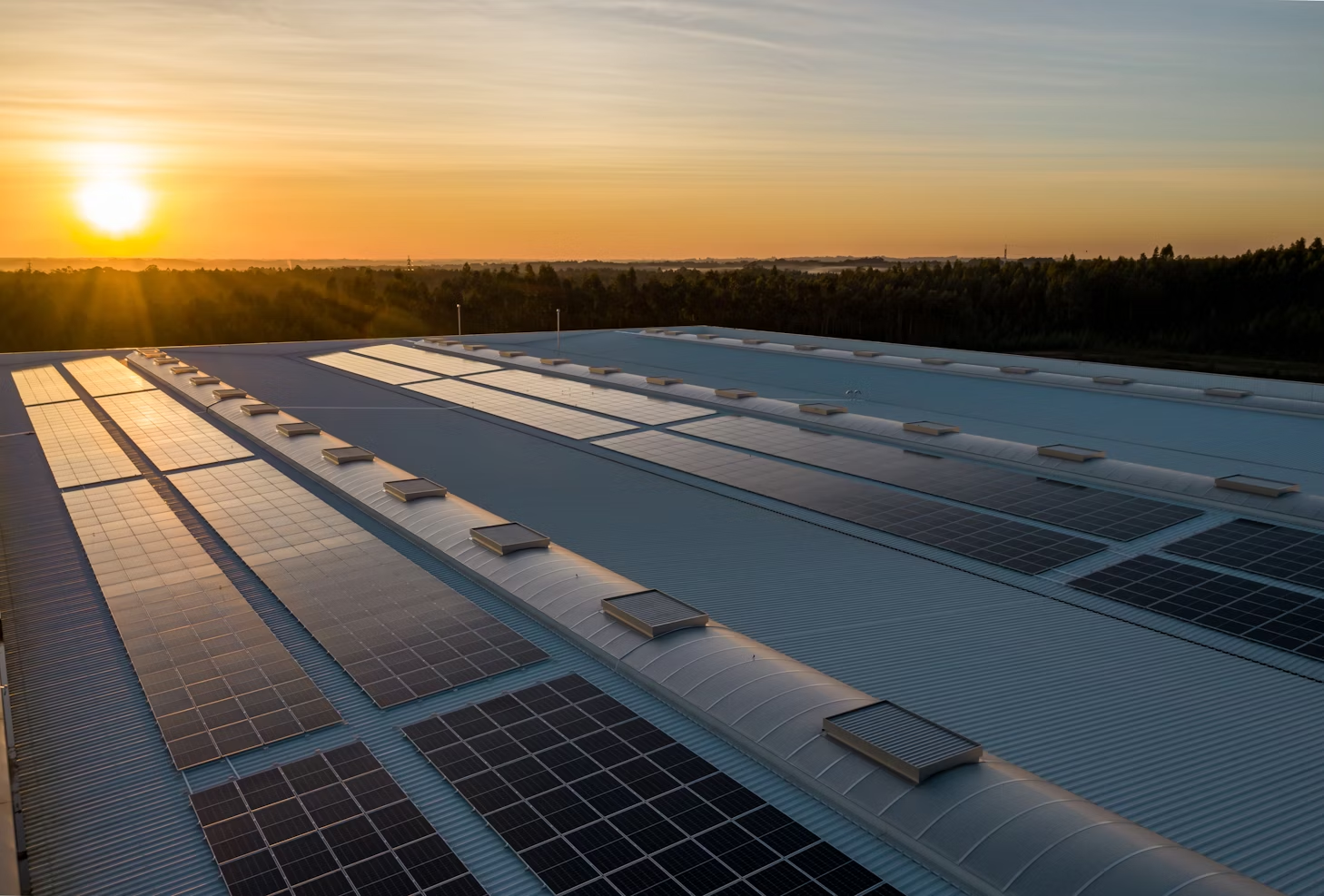Green Deal

Green Deal: the European Union is exploring the creation of a carbon border tax, to protect the EU from carbon-intensive and cheaper imports, which compete with European companies and constitute “carbon leaks”.
As part of the Green Deal, the European Union will review numerous texts to strengthen environmental legislation, affecting many subjects such as financing (definition of “green” activities thanks to the taxonomy, to better guide investments), transport (end of the thermal car in 2035), housing, construction or even the circular economy (possible creation of a right to repair) and waste recycling.
In recent days, we have also seen the first discussions on the creation of a carbon tax mechanism at the borders of the European Union. This system is part of the objective of achieving carbon neutrality by 2050, in line with the objectives of the Paris Climate Agreement (limiting the increase in average temperature to below 2°C).
What is the relationship between these environmental ambitions and a carbon tax?
As its name suggests, the carbon tax aims to tax carbon, or rather to tax goods whose production generates CO2 emissions, the main cause of the increase in temperature on the planet's surface and the resulting climate change.
To date, these consequences, or externalities, Negative factors associated with CO2 emissions are rarely taken into account. Indeed, greenhouse gas (GHG) emissions, first and foremost CO2, are poorly regulated at this stage, which implies a carbon price that is implicitly close to 0.
This is where carbon pricing comes in, of which the carbon tax is an instrument, as is also the emissions quota market (or rights to pollute) that exists in the EU.
Towards a more generalized carbon price, to encourage activities that emit the least?
By putting a price on carbon, these mechanisms send a price signal to consumers and businesses, which penalize the goods and services that emit the most CO2 and direct capital (investments, consumption) to actors with fewer emissions. And the revenue that governments derive from it increases the resources of States to initiate the energy and ecological transition.
A carbon tax at EU borders to protect European businesses
The carbon tax at the borders of the European Union has several objectives:
- Penalize exports to the EU that emit the most CO2 (in the idea, penalize imports whose carbon intensity is higher than European standards).
- Put European companies, which are subject to increasingly demanding and expensive environmental regulations, on an equal footing, and companies based outside the EU, which often benefit from a less strict framework allowing them to produce at lower cost. The objective is therefore to limit “carbon leaks”, an expression that refers to the relocation of industries that emit the most CO2.
- Impose, in a way, a floor price on CO2 emissions.
This project, initiated by the members of the European Parliament, will soon be in the hands of the European Commission, which will formulate its proposal in June, which will then be submitted to the Member States. This carbon border tax could come into force in 2023.
The carbon tax must be considered in relation to another mechanism, the Emissions Trading System (ETS), or European Union Emission Trading Systems (EU ETS), already in force in the European Union.
A carbon tax in addition to the EU emissions trading system (EU ETS), in force since 2005
Launched in 2005, this system is also referred to as the “market for rights to pollute”, since the general idea of this system is to allocate to the sectors of activity that emit the most CO2 (steel, chemical, electricity production, building) a maximum amount of CO2 emissions per year (the quotas) a maximum amount of CO2 emissions per year (the quotas), the total number of which decreases each year in order to achieve the emission reduction objectives.
If a company generates more emissions than the allowances allocated to it, it must buy the difference, which is equivalent to penalizing it.
The idea of this mechanism is rather to limit the maximum level of CO2 emissions, by organizing the scarcity of quotas, which determines a balanced level of the price of CO2 on the market.
Within the European emissions quota market, the distribution of allowances to the various companies concerned is carried out in two ways:
- A free allowance for sectors (steel, cement, in particular) subject to foreign competition,
- An auction, for other companies (electricity sector in particular) that generates tax revenue for governments. Revenues from these auctions by governments amounted to nearly EUR 14 billion in 2019, at least half of which must be used for climate or energy-related purposes, as required by the European directive that created the quota trading system.
Faced with the limits of this quota system, the EU has taken several measures, in particular to raise the price of CO2 quotas traded on the market and to accelerate the reduction of the ceiling of allowances allocated each year (-2.2% per year during phase 4 ETS, from 2021 to 2030).
Obviously, these two mechanisms are complementary. Some MEPs are also calling for the abolition of free emission allowances, intended to limit the carbon leaks mentioned above, which would no longer be necessary in the event of the creation of a carbon tax at the borders.
The “carbon tax”, applied nationally in several countries
Other forms of carbon tax also exist in several European states, such as in Sweden, where a carbon tax affects fossil fuels (fuel, fuel), in the United Kingdom and even in France (since 2014).
In the United Kingdom, which recently left the European Union, the carbon tax introduced in 2013 caused a drastic fall in the share of coal in energy production (from nearly 40% in 2012 to less than 2% in 2019*), associated with a significant increase in the share of renewables. In concrete terms, this tax imposes a minimum carbon price on electricity producers, which is likely to increase over the years.
For France, it is a carbon component integrated into the calculation of taxes on energy products (natural gas, coal), the regular increase of which is provided for by law. In 2018, the French government planned to accelerate the increase of this tax, causing the outbreak of the Yellow Vests crisis. While the government decided to cancel the increase in this tax, it did not disappear.
As the ongoing discussions at European level show, the identification of sources of CO2 emissions is central to the understanding of climate issues. This is the first step in achieving the emission reduction goals to which France and the EU are committed, in order to limit climate change.
Keewe offers its customers Carbon Photo, to measure your GHG emissions
That's why Keewe created Carbon Photo, to allow our customers to easily measure their GHG emissions, the first step in initiating your company's low-carbon transition and benefiting from it numerous benefits: strengthening your brand, gaining market shares, gaining market shares, anticipating future regulatory changes, attracting new talent who is sensitive to the commitment of their employer.
For more information, contact us at climat@keewe.eu.







